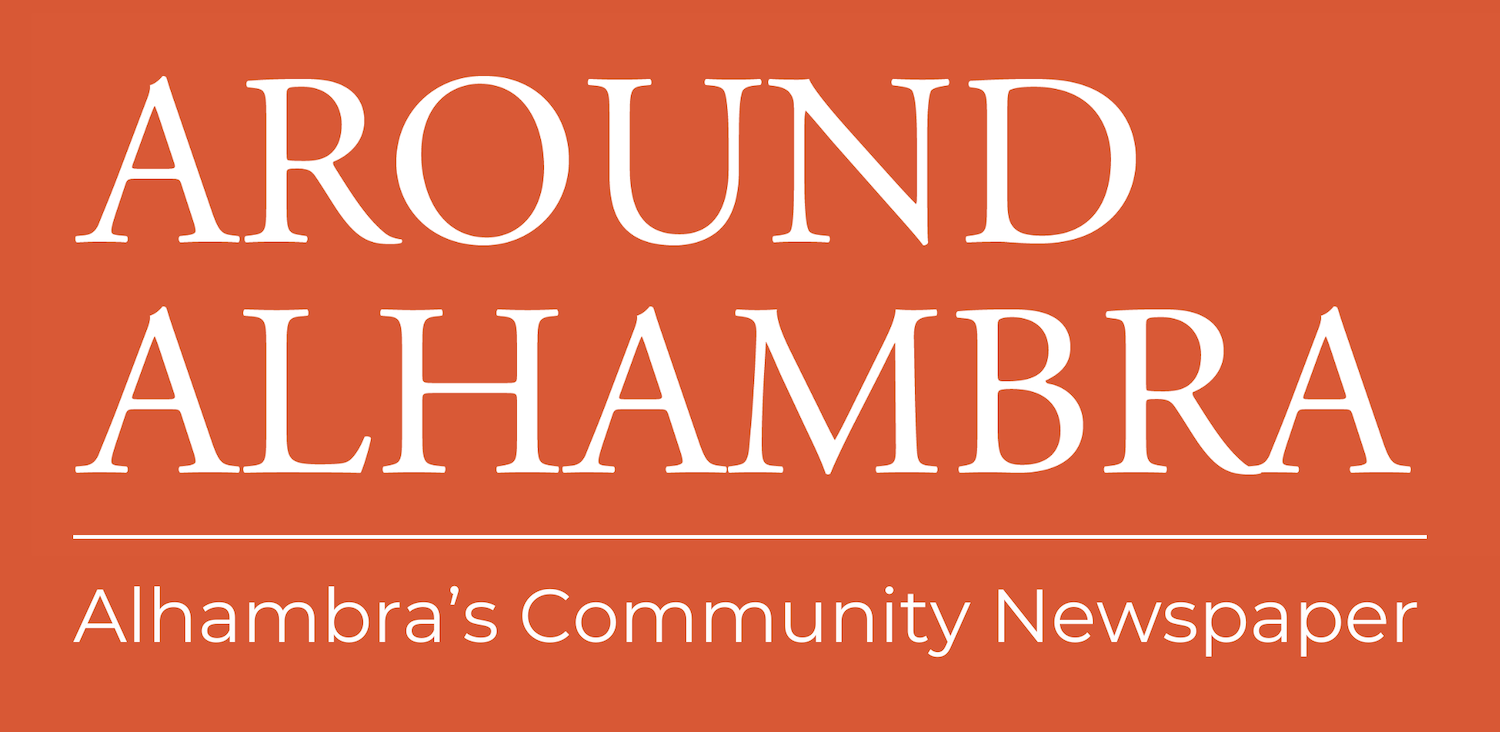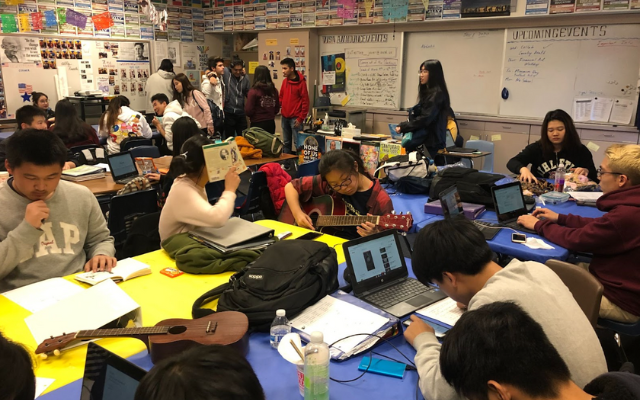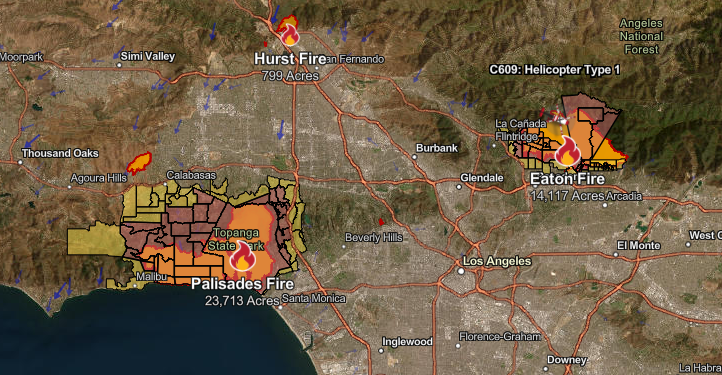As of 2022, 46.2% of Alhambra residents were born outside of the country — over three times the national average of 13.6%. Even within California, the state with the highest percentage of immigrants in the nation at 26.5%, according to the U.S. Census Bureau, Alhambra stands out.
In recognition of “the long and rich history of immigrants in Alhambra that have played a vital role in diversifying our community, and in celebration of the contributions of generations of immigrants to our city,” Mayor Sasha Renée Pérez declared June 2024 as Immigrant Heritage Month in Alhambra. She handed the certificate to Bryan Kim, a representative from the Dream Resource Center at Alhambra High School, during the June 24 city council meeting.
The declaration is a testament to the rich, inclusive culture residents have built in Alhambra over decades. Since its incorporation in 1903, Alhambra has welcomed several waves of immigrants from all over the world, most notably Italians in the 50s, Mexicans in the 60s, and Chinese in the 80s. These immigrants — and everyone who followed — put down roots and became the cornerstone of Alhambra’s vibrant community.
The legacy left by generations of immigrants can be seen just by driving through the Chinese business district along Valley Boulevard, or visiting the family-owned restaurants that have served Main Street for decades.
“The City of Alhambra continues to implement culturally responsive practices in our community engagement policies to ensure that all are included. Alhambra recognizes the abundant diversity of its residents and workers that serve our city, adding a range of perspectives to our community and helping to move our community forward,” Mayor Pérez added in her statement.
June is a historical month for immigrants in the United States. In 2019, Congress declared June to be Immigrant Heritage Month. The United Nations recognizes World Refugee Day on June 20, which was first established in 2001. Decades ago, on June 15, 1982, the Supreme Court ruled in Plyler v. Doe that all children residing in the U.S. are entitled to equal access to education, regardless of their legal immigration status.
In 2017, the Alhambra Unified School District declared itself a “safe haven” district, meaning that children can receive education regardless of their identity, including immigration status. The move came in direct response to former President Trump’s anti-immigration rhetoric and threat to cut off funding to sanctuary cities welcoming undocumented immigrants.
Students at Alhambra high schools have done wonders in building a community for themselves and their fellow students. Alhambra High, Mark Keppel High School, and San Gabriel High School all have Dreamer Resource Centers, a resource for immigrant students at their respective schools.
“The Dreamer Resource Center stands as a testament to the power of community and the enduring spirit of inclusivity,” shared Javier Gutierrez, history teacher at Alhambra High and faculty advisor to the AHS DRC. “[We’re] dedicated to supporting all vulnerable communities but in particular undocumented students and their families.”
The DRC supports students in every way possible, from academic assistance and legal aid to parent education classes and leadership development. The Alhambra High DRC, where Gutierrez works, even has a “community cupboard” pantry providing free food, snacks, hygiene supplies and school materials to students facing food insecurity or other financial vulnerabilities.
To date, over four thousand unique students and over forty thousand sign-ins have been recorded at just the AHS center since its inception in 2017, according to Gutierrez. The center is a key member of the Dream Allies Network, which promotes collaboration and resource-sharing among schools in the Alhambra Unified and Los Angeles Unified school districts.
Dream Centers are run by students at high schools and colleges throughout the nation. It’s named after the Development, Relief, and Education for Alien Minors (DREAM) Act legislation proposed by United States Senators Dick Durbin (D-Illinois) and Orrin Hatch (R-Utah) in 2001, which has since been introduced several times and has yet to be passed into law by Congress.
Still, the DREAM Act attests to the movement of support for undocumented students that started with Plyler in the 80s.
When receiving the certification for Immigrant Heritage Month, Bryan Kim, staff member at the DRC, shared, “My parents were asylum-seekers from Cambodia and lived through the genocide. For families and communities that immigrate, this really means a lot. For folks that are going through genocide now currently and those that have a history of immigrating during famine, they are welcome into the United States. I’m doing my best through the Dream Centers and the work we do in schools to help provide that message.”
“The Dream Center was born out of helping and supporting immigrant students and families regardless of status,” he continued. “We’ve been active in a lot of our students’ lives and we’re doing our best to expand and provide resources for all of our students and families in need.”
The DRC welcomes support from the community. It has an ongoing call for donations of non-perishable foods such as canned goods, rice, pasta, oatmeal, cereal, and peanut butter. Donations can be dropped off at the Alhambra Teachers Association. To learn more about the DRC and other ways to support its efforts, visit ahsdreamcenter.org.





